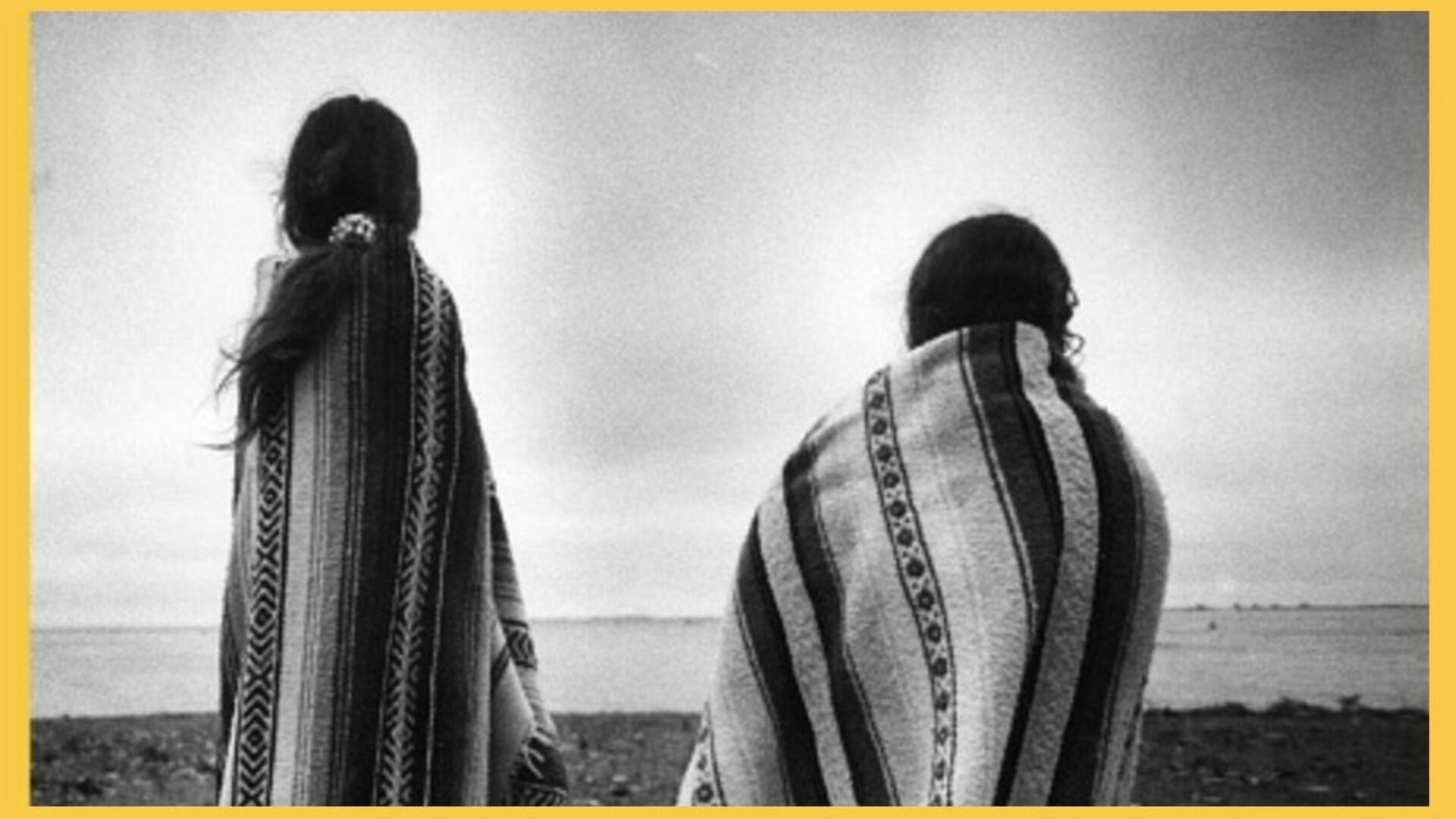
Like Columbus Day, Thanksgiving is a holiday that is permanently scarred thanks to the European settlers’ violent interactions with Native Americans. Though grade-school students are shown images of a quaint, peaceful dinner, accented by colorful vegetables and spotless clothes, we know the reality of what Thanksgiving means in America.
It’s widely accepted that the first dinner was in Plymouth, Massachusetts in 1621—exactly 400 years ago. The previous year, the Pilgrims, a religious group, migrated to America in search of a place to worship freely. They were ill-prepared for the harsh winter and new surroundings, and because of it, a multitude of settlers were wiped out during the cold months. The Wampanoag tribe, who lived in what’s now known as Massachusetts, took the Pilgrims under their wing. They graciously showed the newcomers survival tactics and how to grow and procure their own food. What many people associate with Thanksgiving was the result of a successful harvest made possible by Native Americans.
Others believe that 1637 was the year of the first Thanksgiving. That is when John Winthrop, the first governor of Massachusetts, declared it a day of Thanksgiving after colonists had fought against the Pequot tribe in Connecticut. 700 Native men, women, and children had been slaughtered, but Winthrop’s primary focus was the safe return of his murderous lot.
For hundreds of years, we have celebrated the slow decimation of a society. Because of this, people are turning away from the holiday, and using it as an opportunity to recognize centuries-worth of ills committed against Natives. Colonists began taking land from Natives, and within 60 years of the pilgrims’ landing in Plymouth, a war broke out. Settlers and natives were both killed by disease and their opposition.
But the Wampanoags were faced with more difficulty, as they had no alternative land. Meanwhile, colonists had established multiple settlements and were therefore more prepared. The culmination was the murder and dismemberment of the leader of the Wampanoags, Metacom, in 1776. Metacom’s head was placed on a spike and displayed in Plymouth for 20 years, as a reminder to anyone who dared to come against English settlers. This occurrence is also historically tied to Thanksgiving’s history.
Although Thanksgiving is widely celebrated in the Black community, as we become more knowledgeable and empathetic, it’s hard to give thanks. We mourn instead. Let’s encourage everyone to take a stand this year to ensure that the true history of Thanksgiving is never forgotten.